The Historical Construction Equipment Association’s convention
Posted by Chris Graham on 21st June 2022
Keith Haddock reports from the spectacular Historical Construction Equipment Association’s convention held at Concordia, Kansas, in the USA.
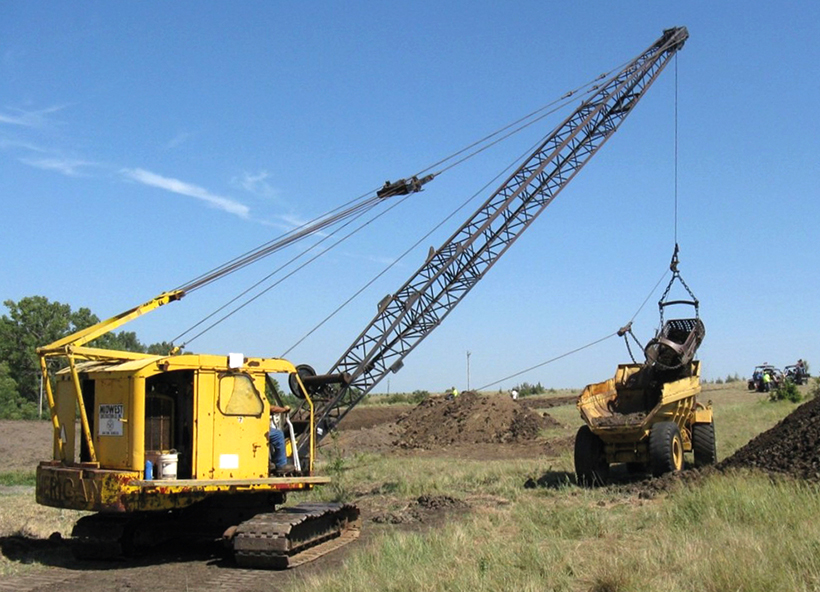
American 399 dragline loads a Euclid S-7 rocker truck with its 7/8-yard capacity bucket.
The 2021 Historical Construction Equipment Association’s International Convention and Old Equipment Exposition was held at Concordia, Kansas, USA. The event was hosted by local organisation Prairie Plowing Days on the Kurt Kocher Farm some 9 miles south of Concordia. It was a ‘working’ event, named locally as “The Big Dig” because two pond dams and a new road were constructed on the property by antique machines, as well as rock crushing operations and a 1950s concrete batch plant in operation.
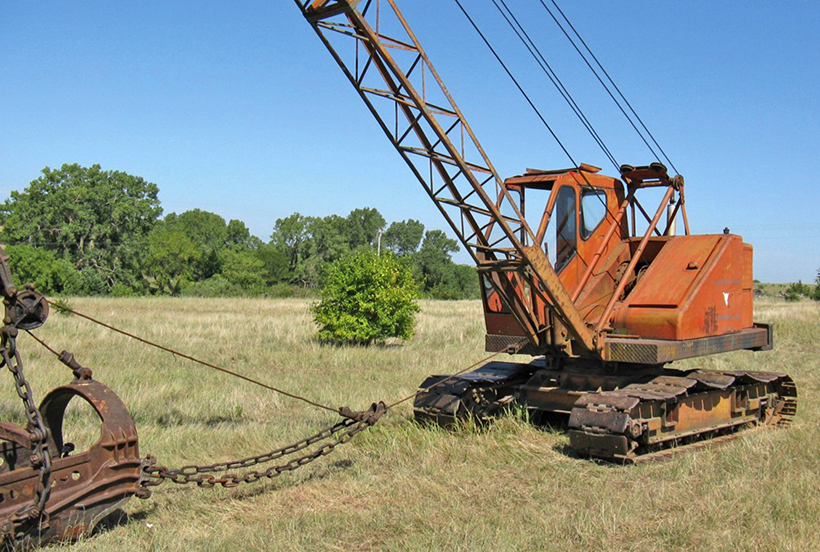
Nicely restored Schield Bantam C-35 3/8-yard dragline.
Excavators
The variety of machines working on the dam construction included two crawler draglines, a 3/8-yard Schield-Bantam C35 and a 7/8-yard capacity American 399, both well maintained and looking like new. The Bucyrus-Erie name was represented by a pair of ½-yard 15-Bs and a ¾-yard 22-B but these were not seen at work.
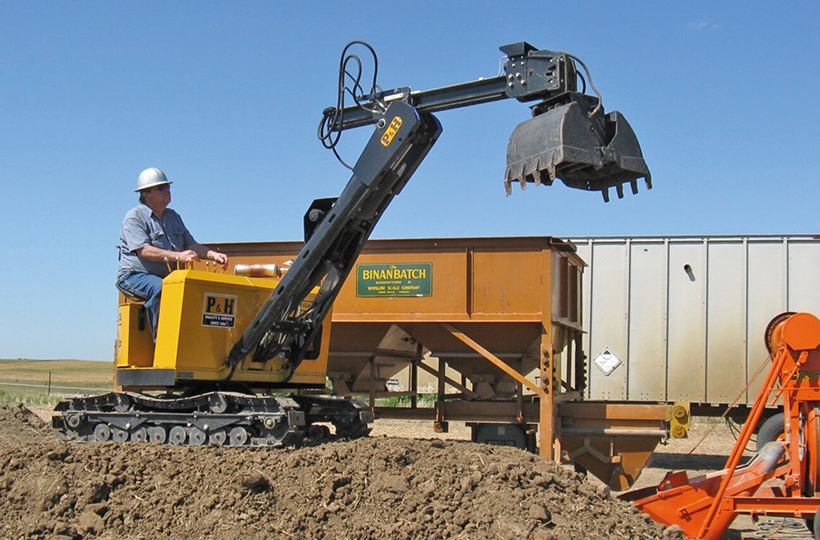
Only built in 1965 and 1966 by Harnischfeger Corporation, the P&H ‘Stik Clam’ feeds a crusher. The hydraulic rotating grab bucket holds 2 cubic feet. Could this be the first mini excavator?
Two early examples of hydraulic excavators attracted much attention at the show. The first was a P&H S-20 ‘Stik Clam’ brought in by HCEA board member Dave Geis who kept it busy feeding a crusher. P&H, now under Komatsu, today builds some of the world’s largest shovels, but here was an example of the smallest! Built only in 1965/66, its hydraulic rotating grab bucket on the telescopic arm holds 2 cubic feet. Could this be the world’s first mini hydraulic excavator?
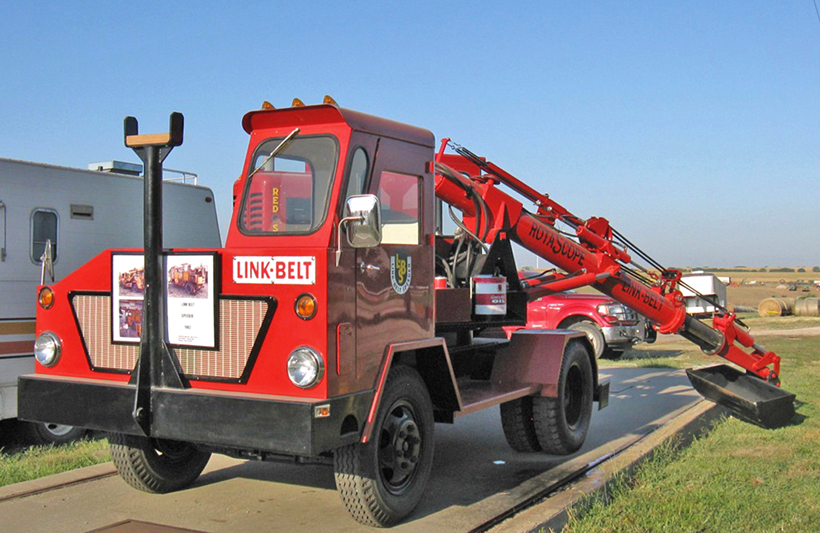
This Link-Belt HydraXcavator is restored to new condition. It is equipped with a ‘RotaScope’ telescopic boom and mounted on a 4 x 2 truck. A single 50-hp engine powers the upper and lower.
The second historical hydraulic excavator was a Link-belt 101-HT HydraXcavator fitted with the patented RotaScope, another machine beautifully restored to new condition by Dave Geis. The RotaScope features a telescoping boom that also rotates with movements similar to a Gradall which was the first of this type. Early Gradalls employed a hydraulic cylinder to rotate the boom and later models use a hydraulic motor and worm drive for boom rotation. But unlike the Gradall, the RotaScope employs an unusual pulley and cable system. A hydraulic cylinder mounted on the boom is connected to moveable pulleys and cables that wrap around the boom to provide limited rotation.
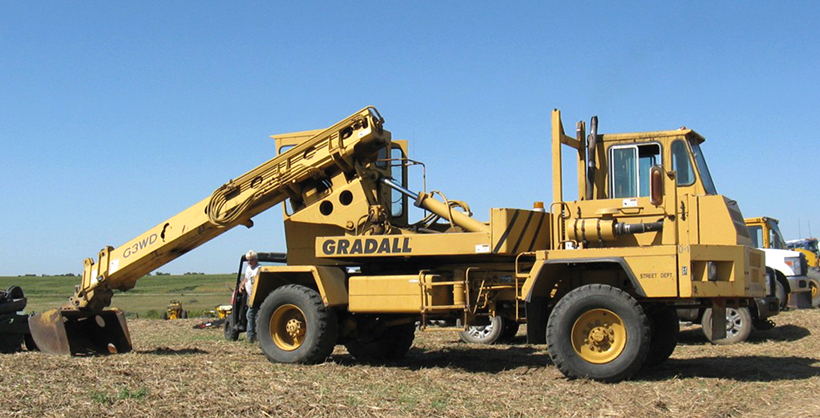
Gradall model G3WD telescopic hydraulic excavator did some useful work at the dam site. The 16-ton machine is powered by a 143hp Cummins engine.
The design and patents for the HydraXcavator were purchased from Davis Engineering Company in 1962 and became Link-Belt’s first hydraulic excavator the following year. Mounted on a Link-Belt built 4 x 2 truck, overall weight is stated at just under 8 tons. A single 50-hp engine powers the upper and lower, and the HydraXcavator can also be equipped with hoe or crane front ends.
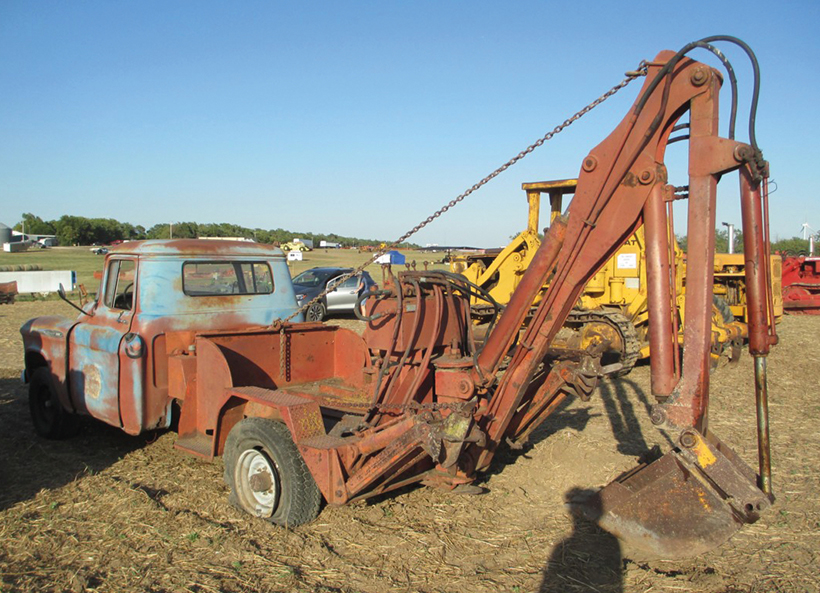
This very rare truck-mounted hydraulic backhoe is a model TH-1 built by Scheneker Iron Works of Buffalo, New York. The truck is a Chevrolet 3800. (Pic: Ron Wozniak)
Another telescopic hydraulic excavator seen at work was the more modern Gradall model G3WD. Powered by a single 143-hp Cummins engine, this smallest Gradall is also mounted on a specially-bult truck with a choice of 2 x 4 or 4 x 4 drive. Travel at “highway speed” is advertised and all digging operations are fully hydraulic. Overall weight is approximately 16 tons.
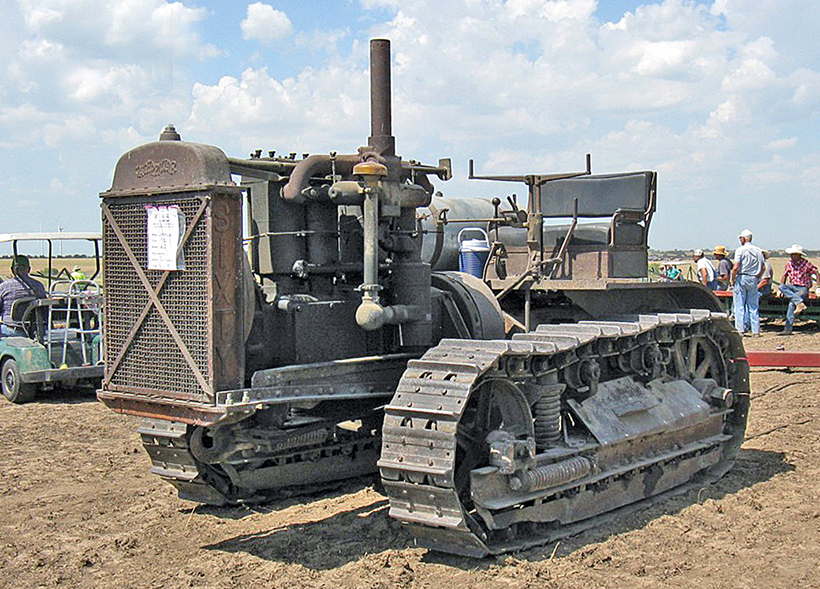
This Caterpillar Sixty tractor stands waiting to attempt a North American record for the highest number of bottom ploughs pulled together.
HCEA board director Larry Kotkowski brought his fully-restored Byers Bearcat Junior excavator all the way from Mantua, Ohio. Dating from 1936, this unique machine is of the part-swing type where the boom swings independently from the motor and frame. Weighing only 6.5 tons, bucket capacity 3/8 cubic yard, and with 30-hp engine, the Bearcat is an ideal machine to display at shows. Larry’s machine is likely the only one still remaining in working order.
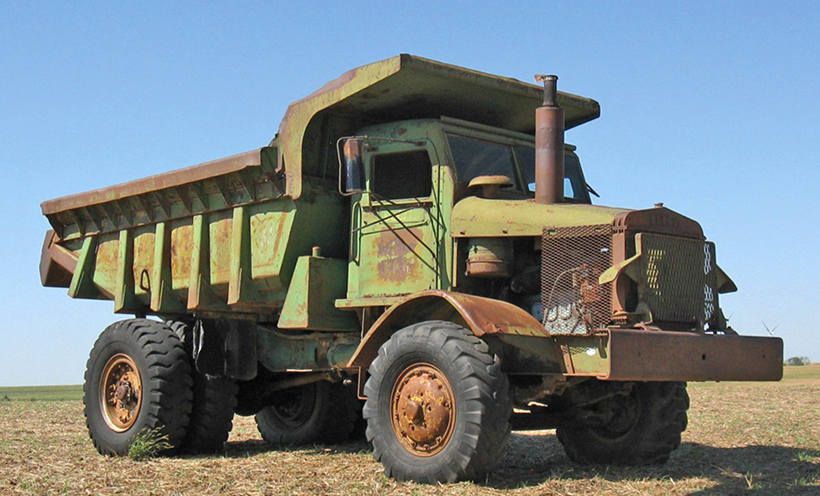
Euclid R-15 rear-dump rock truck model 84FD built in America.
Ploughing record
An attempt was made to break a North American record for the greatest number of plough shares in the ground together at the same time. No less than 52 ploughs were joined side-by-side and attached to a long steel beam consisting of three sections bolted together. Three Caterpillar Sixty tractors did the pulling. They were attached to cables routed through pulleys in an attempt to share the load on the beam equally between the three tractors.
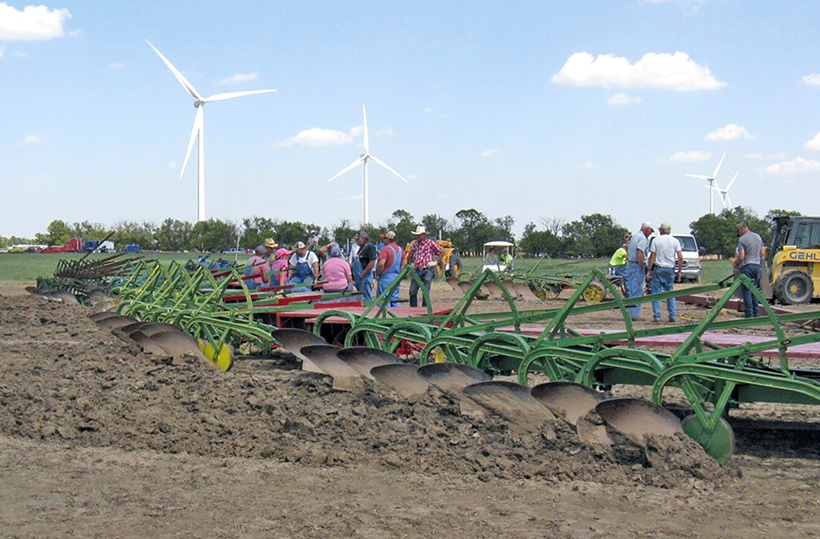
The 52 ploughs moved together for a short distance, but it was unclear if a record was actually broken.
When all was ready, the tractors slowly moved forward pulling the beam but unfortunately, after just a short distance, the beam broke. The coupling bolts at one of the joints had failed. After repairs, another attempt was made, but this time one of the three tractors broke down. It was unclear whether a record was broken, but the preparation, the attempt, and the accompanying repairs drew much attention from the crowd.
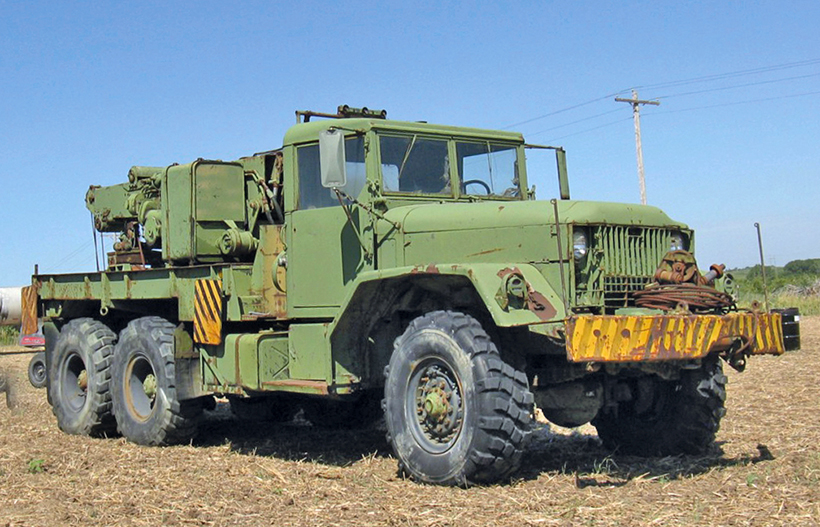
Military ‘Wrecker’ truck of five tons capacity built by AM General for the US military. Another similar truck with regular transport body also appeared at the show.
Steam and oil traction engines
Several traction engines and prairie tractors were brought in from neighbouring states by their enthusiasts. The list included three different Aultman Taylor model 30-60 models from 1915 to 1917, and another 25-50 from 1916. Also included were a 1910 Avery 10 hp and another from 1916 at 19 hp, Nichols & Shephard steam traction engine #12474, 1914 Rumely 16-48 #17203, 1919 Minneapolis Moline 35-70, 1920 Russell, and a small Peerless. Largest oil tractor at the show was a 1916 Twin City 60-90.
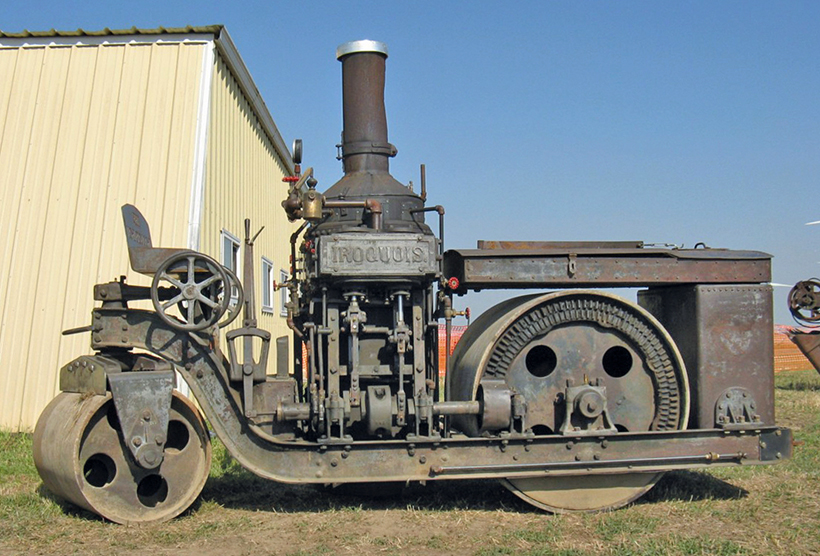
A rare Iroquois 5-ton steam roller built by the Iroquois Iron Works of Buffalo, New York, showing open cylinders, drive shaft and gearing. Also notice the dual steering wheels!
Considering Concordia’s relative isolation and Covid restrictions in force, attendance was less than would normally be expected at an HCEA event. Nevertheless, the approximately 7,000 who did attend appeared to thoroughly enjoy themselves, setting an unofficial record for the greatest number attending an equipment show in Kansas. But if there was one thing preventing total enjoyment, it was the heat! Reaching up to the 90s Fahrenheit during the first two days made any outdoor activity a challenge. But all-in-all the show was a great success and the planned construction work was said to have been 80% completed.
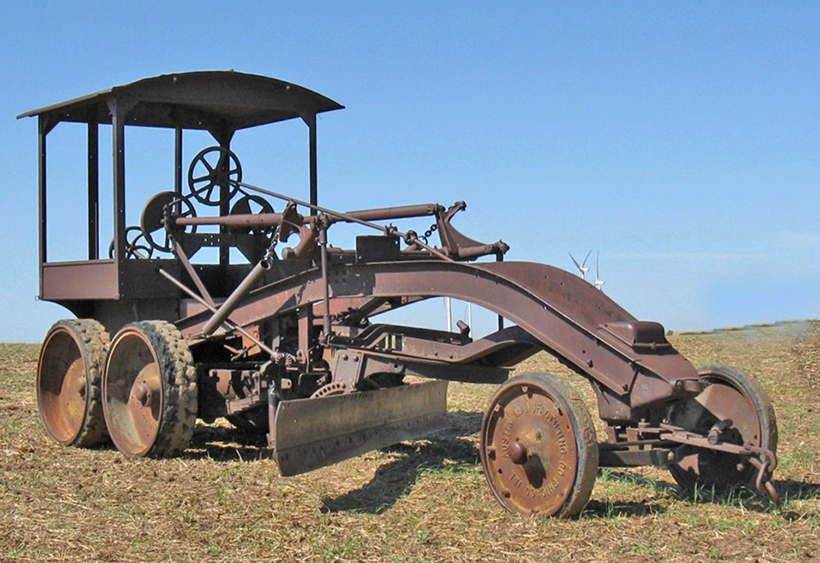
1920s Austin Dual Drive grader built by Austin Manufacturing Company of Chicago. One of the first graders with tandem drive, the rear bogie is pivoted to keep all four wheels in traction.
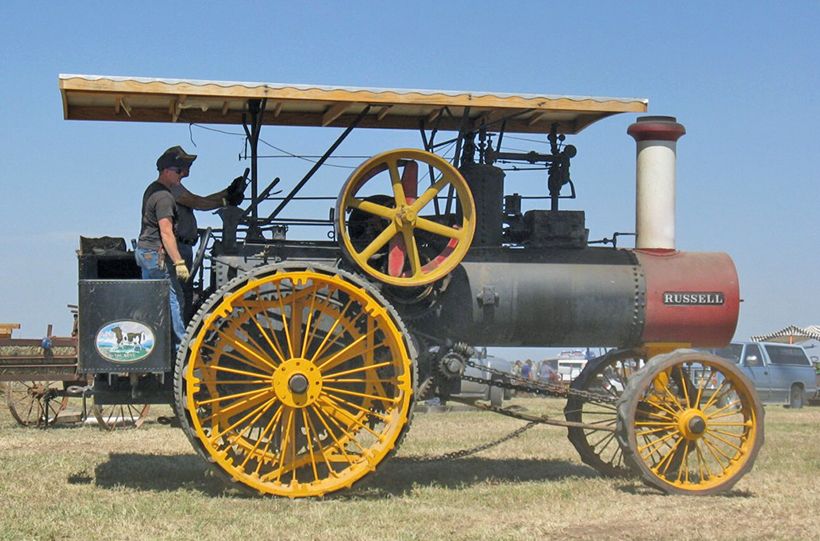
1920 Russell 20-horsepower steam traction engine.
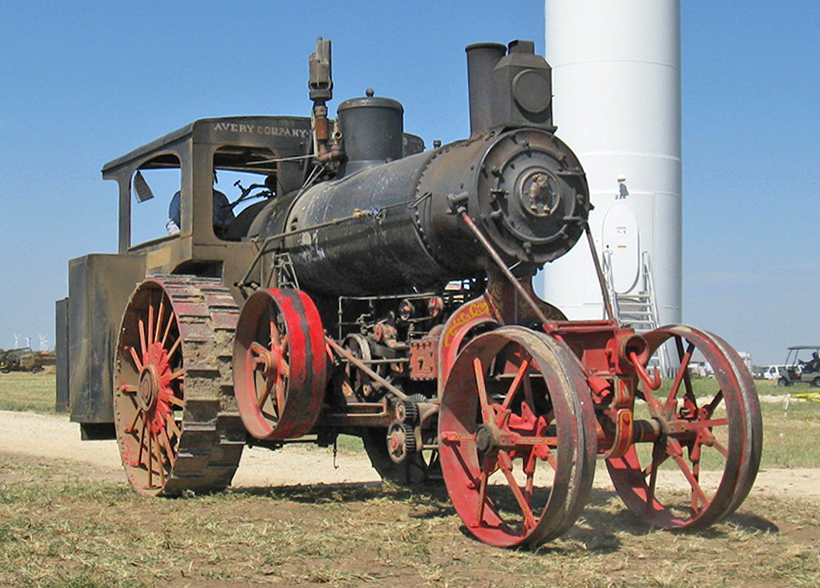
1910 Avery 18-horsepower steam traction engine.
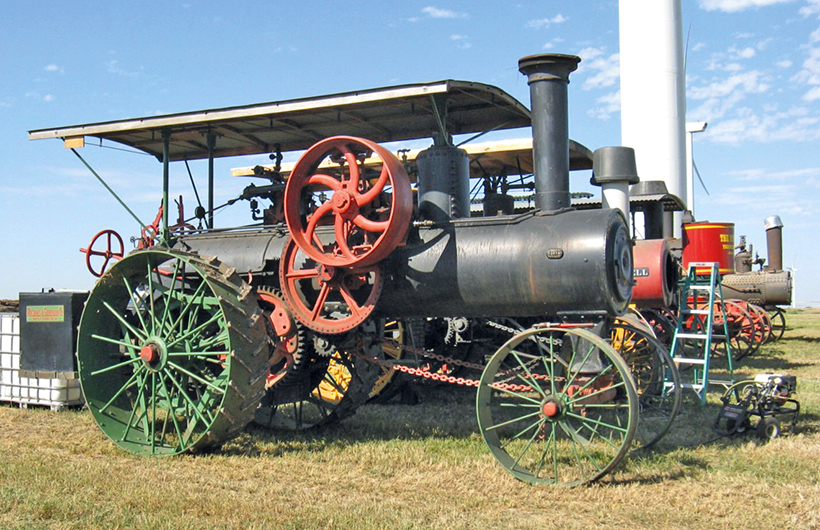
Nichols & Shepard No. 12474 steam traction engine.
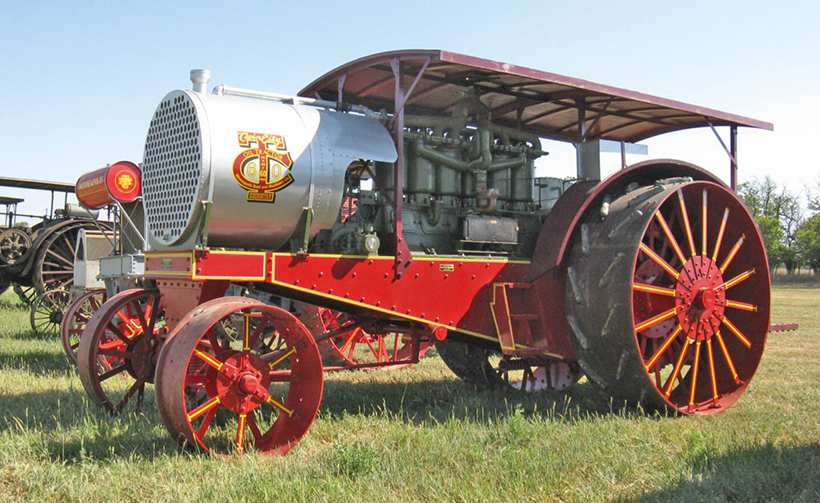
The most powerful traction engine at the show was this oil-powered Twin City 60-90.
This report comes from the latest issue of Old Glory magazine, and you can get yourself a convenient and money-saving subscription to the magazine simply by clicking HERE
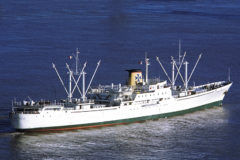
Previous Post
Conventional breakbulk refrigerator ships remembered
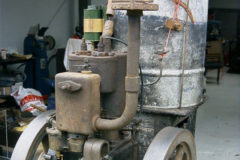
Next Post
Bristol Wagon & Carriage Works paraffin engine restored



